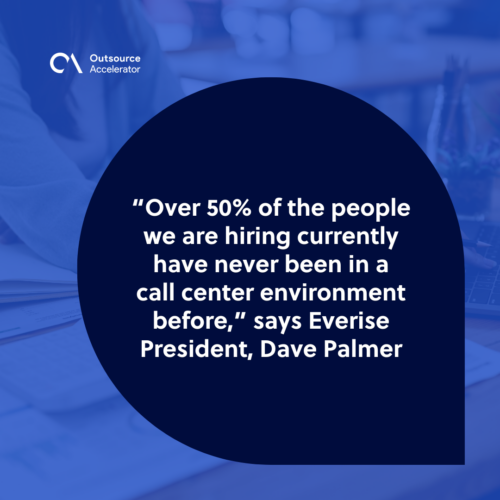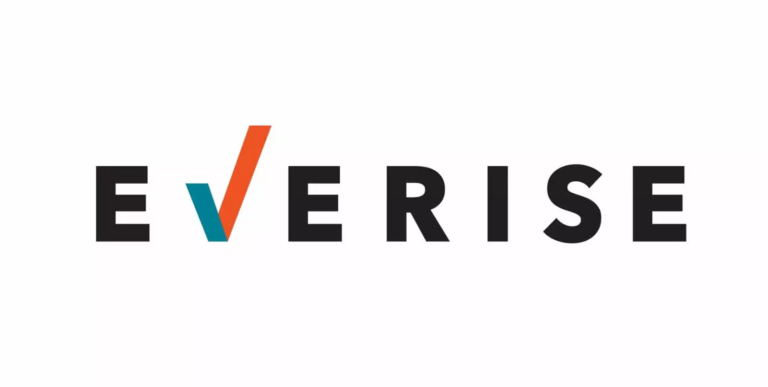In the Work-at-Home-Era, Psychographics is the New Demographics

One of the more compelling but least examined impacts of the pandemic relates to how the surge of remote work has shifted the labor market and altered the criteria talent acquisition professionals employ when evaluating the suitability of potential candidates.
In short, demographics – those easily numerically quantifiable traits that define discrete populations – used to be the primary qualifiers or disqualifies of those we hired. Age, education, and bilingual ability are good examples. But even before those factors were considered, an oppressive radius surrounding a centralized facility was drawn, defined by the ability of those within it to reliably make the daily commute. That radius, in turn, varies as a function of traffic and transportation infrastructure. All those outside that radius, regardless of the
Meta-demographic considerations took into account the local business climate and how many direct competitors fight to attract the same group of people, how this affects compensation expectations and how likely new hires are to experience attrition even before their first day, should a better offer arrive in the interim.
These are all factors that can be measured and until this year, reliably predicted a firm’s ability to meet staffing demands.
Of course, the pandemic even altered this calculus. With the arrival of COVID in this hemisphere, business process outsourcers (BPOs) either converted to a remote workforce model, or were shut down. BPOs are unique among businesses in that the entirety of their work product is information deliverable digitally. There are no storefronts, and nothing physical is produced, warehoused, nor shipped, which means their ability to function is limited only by access to the internet, which, according to Statista, is accessible by 4.6 billion people today.
The rapid move to a remote workforce caused the demographic hiring radius to all but disappear. Today, BPOs recruit, hire, train and make productive, thousands of agents free of the limits of geography. This has had the result of shifting focus from hiring demographics to psychographics, which is defined as an individual’s preferences and aspirations – traits more difficult to quantify than demographics but suddenly more important.
There are four key psychographic considerations to target when hiring remote workers.
1. Major Lifestyle Change
New global research commissioned by Kaspersky of 8,000 SMB workers across multiple industries has revealed that almost three-quarters of employees (74%) want to rethink pre-COVID-19 ways of working. Instead of returning to business as usual, workers worldwide are now shaping a future of business on their terms, whether that’s spending more time with loved ones (47%), saving money (41%), or working remotely (32%).
People are seeking a major lifestyle change – trading high-stress corporate office environments for a home-based job where they can spend more time with their family.
“Over 50% of the people we are hiring currently have never been in a call center environment before,” says Everise President, Dave Palmer. “Many of the people we are hiring are overqualified for the role, but are looking for a major lifestyle change in light of the pandemic,” Palmer adds.
Not unique to the U.S., this is a global trend. A report by Deloitte, “Remote work | A temporary ‘bug’ becomes a permanent ‘feature’“, found that up to 47.8 million people in the ASEAN-6 nations (Indonesia, Malaysia, Singapore, Philippines, Thailand, and Vietnam) could shift to entirely remote work over the next few years. Deloitte found that Singapore and Malaysia could potentially have a remote workforce of up to 45% and 26% respectively, due to the relative dominance of service industries in those countries. For Thailand, Indonesia, Philippines and Vietnam, the business case is also quite strong, given the massive productivity losses related to urban commute time.
5G and Wi-Fi 6 will further fuel the ability for this segment to work remotely, securely and sustainably regardless of how many others are in the household they are caring for. The main benefit is that a household where multiple users may be in school, working or streaming content don’t have to share a 4G model. 5G allows multiple users to stream 4K media on a single connection.
This has a major impact on messaging. In offices companies may target “career climbers”, while remote workers are seeking a relief from office politics. Attracting the ‘Lifestyle Change’ segment is important for shifting the makeup into a next-generation contact center.

2. Flexible Schedules
A vast segment of the workforce values flexibility. Those who care for a child or parent seek flexible schedules that may be planned in 3-month segments. Previously, this segment was attracted to a retail job. However, with the collapse of the retail sector and boom of eCommerce, many of these people are now searching for similar work at home.
People like this possess similar skills and attributes to what a BPO like ours requires. Remote work appeals to them for its flexibility. Technology infrastructure has played a large role in enabling flexibility, at scale, for the CX industry. You could call it, as we do, Flexshoring, as it provides companies and workers with the flexibility of a blended work-at-home model, in centralized teams, and yet, on a global scale.
For the employer, it means that you can merge into teams people that work in any location or environment, and not only reduce the risk of a single point of failure, but that you can also mitigate the risk of geopolitical changes, natural disasters, and the possibility of another global pandemic affecting your team to ensure seamless availability.
3. Secondary Income
Remote work is also attractive for people who are seeking a second income. This segment is typically those who are over 50 and are collecting a pension, but also the safety net of additional salary and basic benefits.
The important messaging shift here is that these people are looking for full-time employment. They may have had a bad experience in a contract environment, where the training is more self-instructed and benefits non-existent.
Further, the adoption of collaboration software, like MS Teams and Adobe Connect have made it easier to organize, coach, connect with, and train teams in a remote setting, ensuring that remote workers who may need assistance, are well supported.
3. Diversity, Mobility & Inclusion
Remote, flexible work is non-exclusive and without the limitations of physical restrictions, such as poor infrastructure and long commutes, it easily caters for those who have limitations, or are easily subject to judgment. Such as those who are competent, but would otherwise not apply for the job, such as people with disabilities, who are limited in mobility, or belong to minorities such as those of race, or other marginalized groups. Remote work has released barriers and created a massive opportunity for those on the fringes.
However, they are also in high demand by many other companies who are also shifting to a purely WFH model. And that creates a new, competitive, radius – that of psychographics.
“Everise has always celebrated diversity, but the rise in remote work has removed so many barriers and enabled us to increase our inclusion targets across the board,” says Sheena Ponnoppan, Everise’s Chief People Officer.
In conclusion, psychographic hiring has opened up entirely new and large sources of talent that were previously untouched by the CX industry. Attracting the right people requires a shift in hiring strategies from targeting a demographic to determining the ideal psychographics. Businesses need to focus on hiring people with an attitude and aspiration that aligns with the realities of working remotely.







 Independent
Independent




